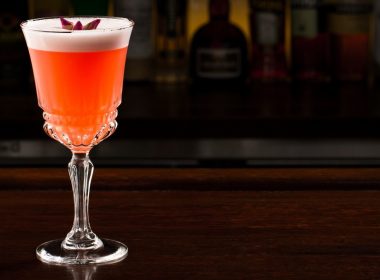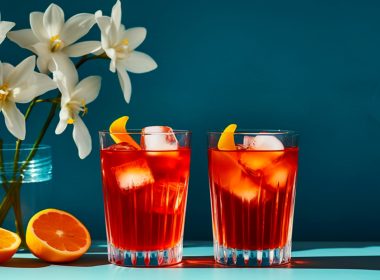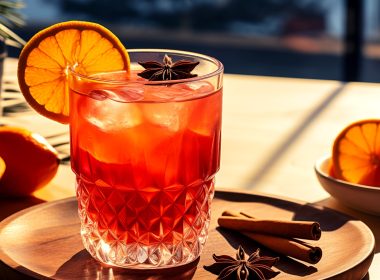Everything You Need to Know About Vermouth
Jump to:
What is vermouth, you ask? It seems you are just starting on a wonderful journey into the intricacies of cocktail-making, friend! Let’s get you sorted. In this short and sweet introduction to vermouth, we will look at its history, how it’s made, the difference between sweet and dry vermouth, and what it is used for.
What on earth is vermouth?
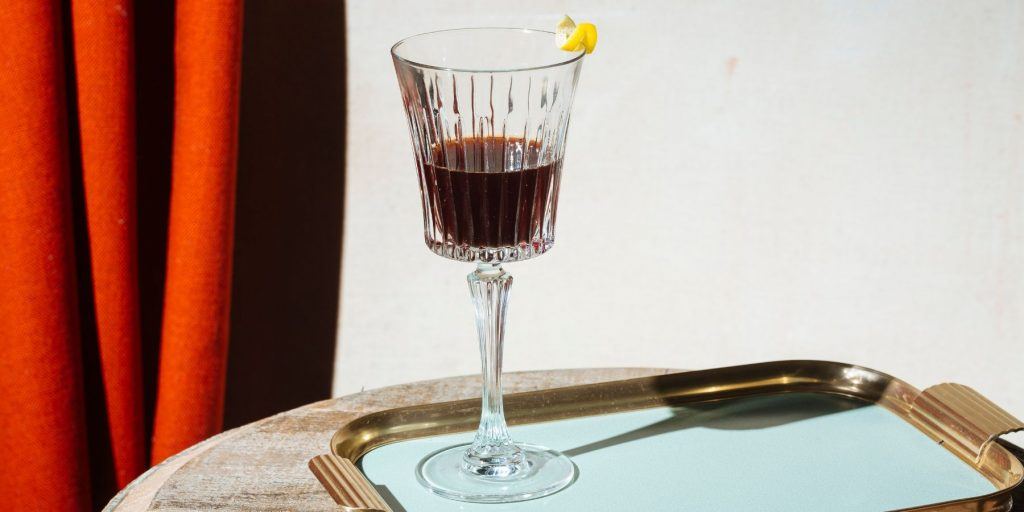
Vermouth is a fortified and aromatised wine that is in the process of shaking off a rather dusty reputation. Until recently, younger folks tended to think of it as something they’d encounter in their grandpa’s liquor cabinet. However, as with most things, the wheel has turned.
Just like grandpa cocktails are back in fashion, vermouth is also ready to reclaim its rightful spot in the popular cocktail-ingredient limelight. Essentially a fortified alcoholic aperitif that is flavored with a variety of herbs and spices, it is made from either white or red wine, and has been produced in France and Italy since the 1700s.
Different types of vermouth & what it tastes like
There are two different types of vermouth, namely sweet vermouth and dry vermouth. Each of these fortified wines has a very distinct flavour profile.
What is dry vermouth?
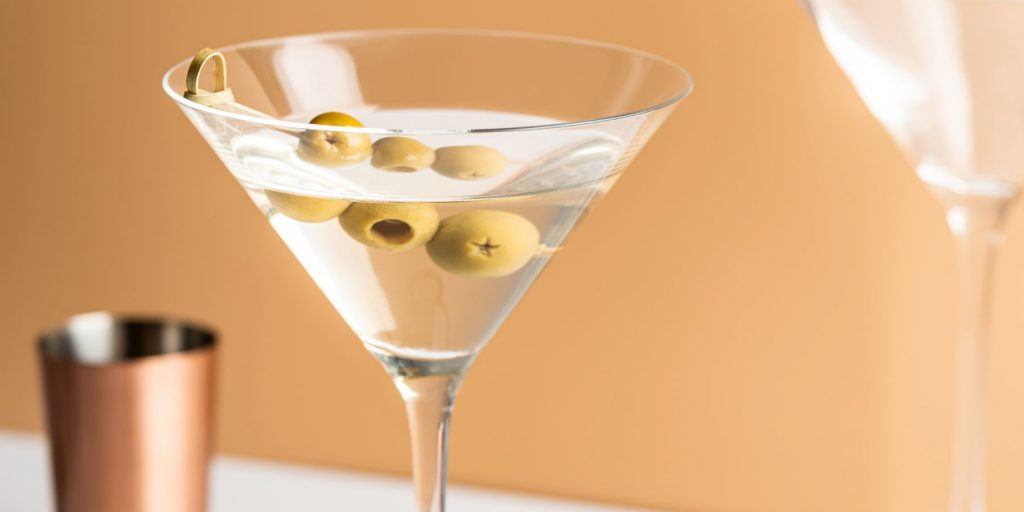
Generally clear or pale yellow in color, dry vermouth is light and airy, with well-integrated floral, fruity, and herbed notes. It is the popular choice for drinks like the classic Vodka Martini and Gin Martini because it enhanced the flavours of the spirit while imparting a very subtle nuance of its own.
It can also be enjoyed chilled as an aperitif on its own, so the drinker can appreciate its enticing aromas of white peach and freshly spice marjoram, and full, mouth-coating taste with hints of vanilla bean and cinnamon, with a persistent bittersweet finish.
READ MORE: 14 Types of Martinis You Should Know
What is sweet vermouth?
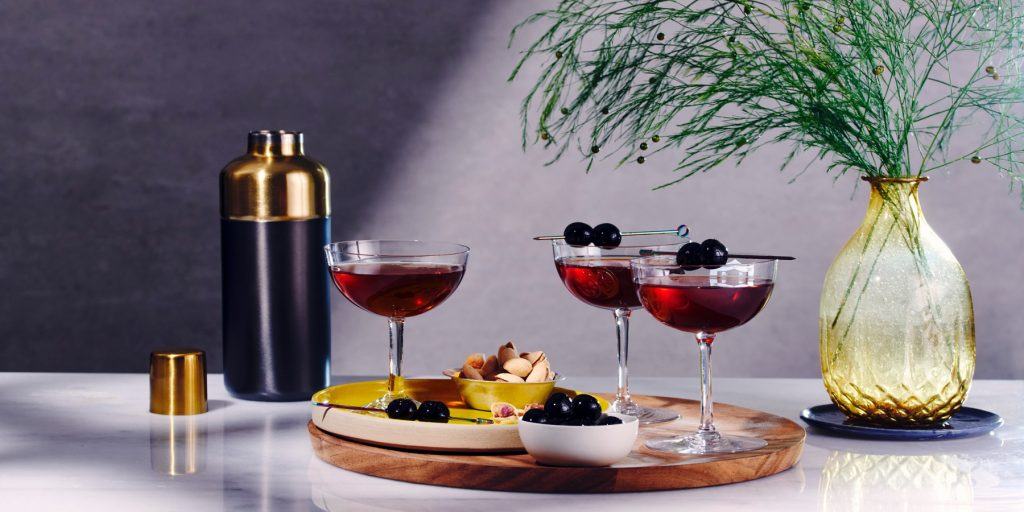
On the other hand, sweet vermouth has a richer infusion of herbs and spices, which gives it a deeper amber colour. It imparts heartier notes of spices like vanilla, caramel, and darker fruits to classic cocktails like the Negroni and Manhattan.
When sipped on its own as an aperitif, you can expect to encounter upfront caramel and black cherry aromas, and a smooth taste with a subtle hint of initial sweetness, opening to spices and complex bitterness, before ending on a strong botanical note.
READ MORE: What is an Aperitif and When is it Served?
The fascinating history of vermouth

But where did vermouth come from, exactly? Today, one of the most recognisable vermouth brands around the world, Cinzano, features a range of vermouths first created by Giovanni & Carlo Cinzano, master Italian distillers since 1757. However, the history of vermouth goes back a little further than that.
The story goes that the first person known to infuse wine with an herb called wormwood and other spices was none other than the famous physician Hippocrates himself. At the time, this infusion was used as a healing and strengthening tonic. Today, historians tell us that Antonio Benedetto Carpano, a renowned Italian distiller, made a name for himself as the official inventor of vermouth.
Carpano’s claim to fame came in 1786 when he created a new type of vermouth in Turin. He combined white wine with a mixture of herbs and spices to create a unique infusion, resulting in over 30 varieties of modern vermouth. In fact, the name ‘vermouth’ is the French pronunciation of the word ‘wermut‘, which is German for wormwood.
How to store vermouth

Contrary to popular belief, vermouth does not have a never-ending shelf life once it’s been opened. In fact, it’s best to keep it in the fridge like you would do with an opened bottle of wine.
However, even when you keep your opened vermouth chilled, it will eventually start to oxidise. As such, it is recommended to only use vermouth that has been properly stored up until two months after you first cracked the cap.
Short of the long? If it’s your first time buying vermouth, rather opt for the smaller bottle. You can always get another one later on.
Cocktails with vermouth to try at home

Some of the most popular cocktails over the decades have included vermouth. Here are a few of our favorites to try at home:
Best food pairings for vermouth

Wondering which foods to serve with vermouth? Here are a few of our favourite appetizer pairings for this classic drinks-trolley staple:
Charcuterie platters
The full-flavored profile of cured meats is a perfect match for the spirit-forward combination of a vermouth-based cocktail like the Negroni. Strong piquant hard cheeses are also delicious to add to this mix and make for easy nibbles when hosting at home.
Butter boards
Have you seen the amazing new butter board trend doing the rounds on social media? You smear softened butter (or cream cheese if you’re feeling a little extra) onto a serving platter, and then top it with all sorts of bits and bobs.
You can either go sweeter, with a drizzle of honey, chopped nuts, and dried fruit, or play in the savoury space with additions like bacon bits and chopped chives. Served with crackers for scooping, it’s the ultimate sharing snack.
Seafood like oysters and clams
When enjoyed on the rocks as an aperitif, vermouth is a natural match for seafood, especially shellfish like oysters, crab, and prawns.
READ MORE: How to Slay Cocktail and Appetizer Pairings Like A Pro







